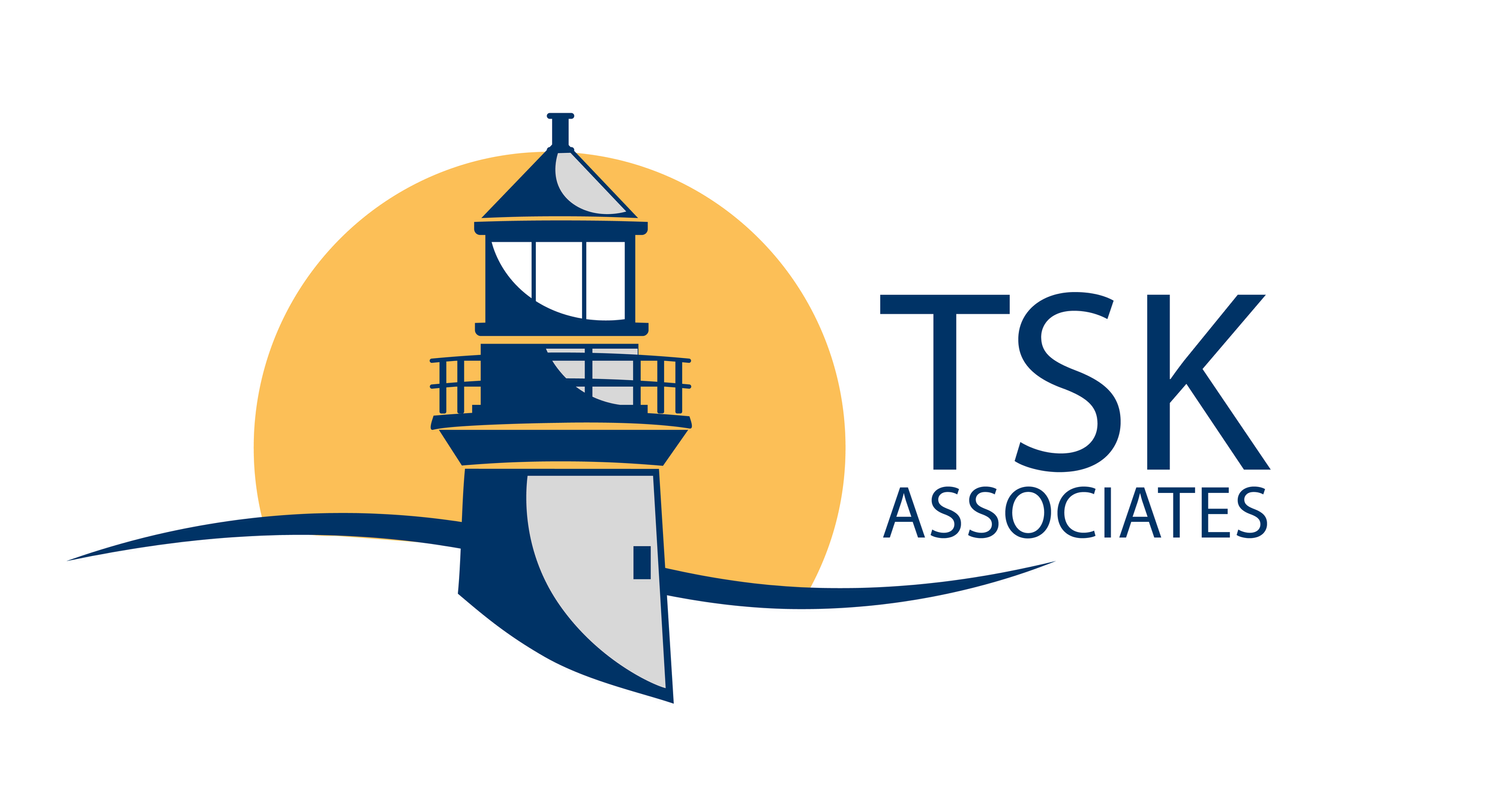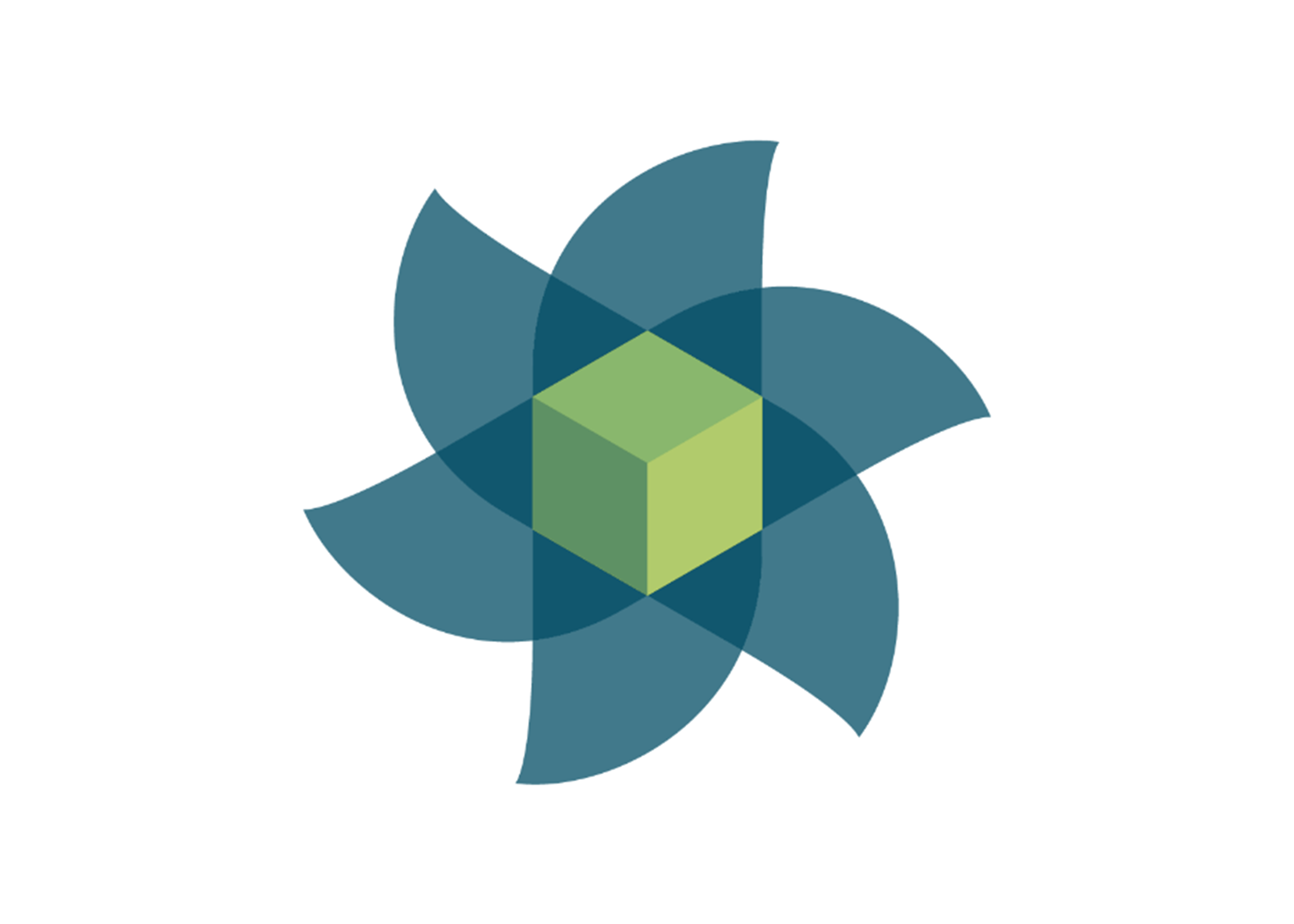By Chris Drover
Photo by Benny Kim
December 26, 2019
Coworking spaces are designed with many uses in mind, but I would guess that temporary residency is usually not one of them. Nonetheless, entrepreneurs are a problem-solving bunch, and the mantra “using whatever resources you have at your disposal” knows no bounds.
I work from Greentown Labs—a coworking facility for cleantech startups in Somerville, Massachusetts—and tend to start my days on the earlier side, so swinging by the kitchenette for a coffee at 7:30 a.m. is normal for me. What isn’t normal, though, is seeing another tenant of the coworking space walking by in pajamas, toothbrush in hand. I can only guess what the story might have been—a leasing gap, a funding crunch, or just a late night in the lab—but I doubt the architects had this need in mind when the space was designed.
As an engineer and entrepreneur, I’ve spent time in both traditional and modern workplaces. Coworking spaces, incubators, and shared labs are invaluable resources for both the startup community and established corporations, but successful designs look a lot different from those of a traditional company campus. Setting aside the occasional short-term resident, I know that the way these spaces are ultimately used probably differs from the designers’ intent.
Fit for a purpose
Astonishing as it may seem, the federal government was well ahead of the curve on the merits of shared workspaces—it just never branded them that way. Consider the Brackish Groundwater National Desalination Research Facility (BGNDRF) in Alamogordo, New Mexico. The facility serves universities, startups, and corporations, and includes rentable office space, conference rooms, and shared laboratories. The project broke ground in 2004, six years before WeWork, a coworking startup, was founded.
Facilities such as these are successful because they focus on serving the unique needs of a narrow subset of the market (water-treatment companies, in BGNDRF’s case). No coworking space can be all things to all people. Spaces that cater to individuals—remote workers and consultants, for instance—have different features than those intended to house startups or joint ventures. I spent quite a bit of time last year exploring spaces to house a startup, and the best options were those whose designers knew what their target market was—and what it wasn’t.
New ratios
Many professions have general best practices to guide some of the routine design decisions that turn up in every project. My company builds industrial wastewater-treatment equipment, and like all chemical engineers, my company’s engineers know to generally limit fluid velocities to 5 feet per second in pipes. I have no doubt that architecture is similar—according to Google, a general rule of thumb for office space is to include one conference room for every 20 employees. However, in a shared space for startups, there may be four or five different companies for every 20 people, and one conference room simply isn’t enough. Work patterns are different in a space where your neighbors are not your colleagues. The first time I visited a WeWork location, I was taken aback by the number of phone booths scattered about. After 18 months of scrambling for a private place to take calls, I understand. There is a running joke around the incubator that you can play ping-pong whenever you want, but if you need a conference room, plan ahead.
Flexibility
When we moved our company into Greentown Labs, I told the facility manager we needed 200 square feet of laboratory space and that we were quite sure we wouldn’t need more. Two expansions and 600 square feet later, I’m glad the manager didn’t take that statement seriously. It is difficult to predict what a growing company will need. Keeping a space flexible is critical to keeping it relevant, even if it means making sacrifices in the design. The hanging power outlets in Greentown’s lab spaces may not be pretty, but they sure are easy to move. Another shared lab I once visited had fixed (versus modular) casework (i.e. lab equipment)—a common choice, but one that could not accommodate the extra 2 inches of clearance we needed for our equipment. The phone booths that work today might be insufficient for the video chat coming tomorrow, so it is best to expect the unexpected and make the space as reconfigurable as possible.
Community
I am fortunate to work in a place that brings together hundreds of like-minded entrepreneurs, but it takes more than just putting everyone in the same building to foster community. It’s a small touch, but open sight lines in the common spaces make it easier to spot an acquaintance walking in. Subtle nooks and corners in otherwise open areas provide quieter and more private spaces to chat. Extra-wide paths to and from common areas offer more room to stop and talk with a colleague for a moment. My favorite features are the unique spots that add character to the building—everyone at Greentown knows what it means to meet “at the hexagons” or relax “in the treehouse,” despite the fact that no formal designations for those locations exist.
The coworking market is still growing and evolving. My hope is that we will see new spaces with character that prioritize flexibility and balance opportunities for collaboration with the need for privacy. Above all, designers should understand the users whom the space is meant for and recognize that no universal solution exists. Whether you are making industrial filters, mobile phone apps, or coworking spaces, it is critical to identify unique needs and cater your product to meet them. And while I doubt there is much of a market for workspaces with sleeping quarters, I can think of at least one person who would probably be interested.

